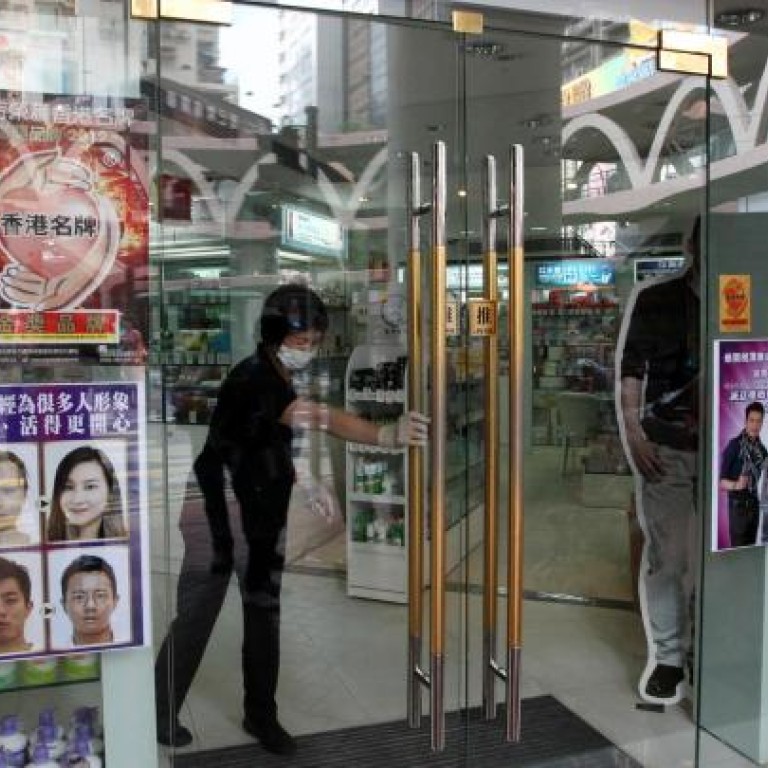
Beauty industry to draft guidelines on best practice
Guidelines will define common treatments and risky therapies, and who can administer them
Beauty salons will draft guidelines to regain the trust of consumers after "high-risk" treatments that left one woman dead and three ill in hospital.

The plan to set up guidelines on best practice comes as the federation said a one-year government review was too long. It was also unhappy that there were no operators of beauty salons on the panel that will assess the industry.
Nelson Ip Sai-hung, chairman of the Federation of Beauty Industry, said: "I am very disappointed that the government could not provide a prompt guideline or take any action sooner."
An outline of the proposed guidelines will soon be distributed to those in the beauty industry, clearly defining common treatments and high-risk medical therapies. Only doctors or specialists would be able to administer high-risk treatments, Ip said.
A relative of one victim in serious condition, meanwhile, who only gave his name as Mr Leung, appealed to other affected clients to approach him so they could together seek legal action and damages against the DR beauty chain.
"Someone has died," he said. "But after so many days, there has been no assistance [and no contact from DR]. I think this is really irresponsible."
A 46-year-old woman, Chan Yuen-lam, died on Tuesday. She contracted a rare superbug after treatment at one of DR's centres in Causeway Bay.
Leung's relative is in serious condition, while the other two women are critical and stable. He said his relative was apparently unaware of the dangers associated with the treatment.
"Had she known that it could be fatal, would we have agreed with her receiving it?" he asked outside Ruttonjee Hospital in Wan Chai. "Her hands have turned black and blue. I could see she's not quite conscious. She had difficulty speaking."
Leung said the woman had had numerous conventional facial treatments with DR. After the blood transfusion, he said, "she was feeling dizzy, and [DR] staff only gave her some medicine to take, then sent her home".
On Thursday health minister Dr Ko Wing-man announced a 20-member committee, which he will chair, to review the operations of health clinics, including beauty salons.
Ip said the panel should have included representatives of the beauty industry. Doctor, pharmacist and patient groups agreed. They said more members should be invited to join the committee, and a one-year review would take too long.
Doctors Union president Henry Yeung Chiu-fat, who is a panel member, said: "The government should invite more members … I will also advise the committee to shorten the time needed for a report. Perhaps we should speed it up to six months."
Ko said a working group under the committee would speed up a review of the business and differentiate between low- and high-risk treatments.
He said more members might be invited to join the working group, but he insisted a year was necessary for the overall review as it was on such a large scale.
Yeung, who is also a private doctor, said some beauty centres attracted young doctors by paying them as much as HK$300,000 a month compared with HK$50,000 a month in public hospitals. The doctors were in effect hired to order drugs, such as sleeping pills and weight reduction medications. After doing so, they were sacked and at least three young doctors had been cheated this way, he said. Only doctors can order such drugs.

